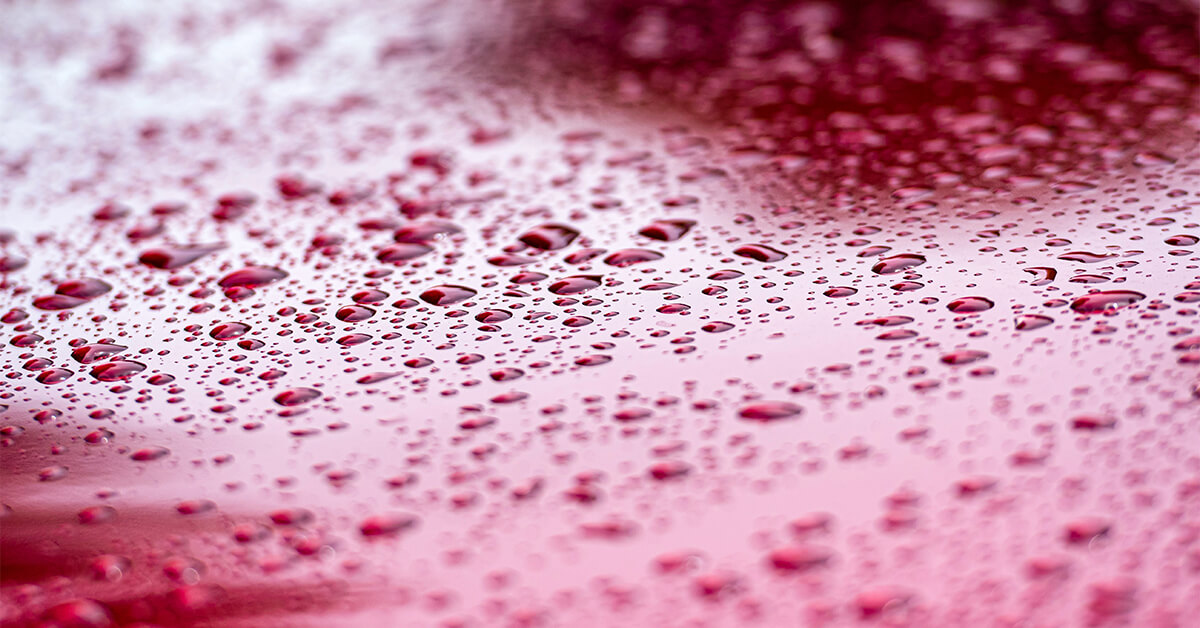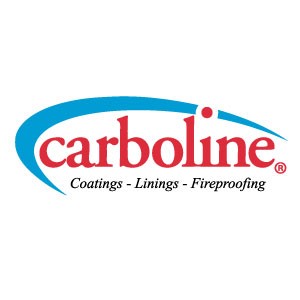
Environmental conditions are vital to the life of a coating system—not just during application, but before and after the coating is applied as well. Conditions that fall outside of the recommended guidelines can have both an immediate and delayed adverse effect on the coating system.
Where to Find Application Conditions for Coatings
Before we dive into what these conditions are and why they matter, it's essential to first understand where you can find the application conditions for various industrial coatings.
Published by a coating manufacturer, a product data sheet (PDS) provides an overview of the application parameters and specifications for a specific coating. It is always best practice to thoroughly review and understand the PDS prior to application. Carboline, for instance, offers a PDS for all of its coatings, with environmental conditions listed underneath the "Application Conditions" section.
Best Practices for Conducting Environmental Readings
When it comes to environmental elements, readings should be conducted before the blasting begins, as well as throughout the application process until the coating has cured. A perfect preparatory blast for a coating can be quickly ruined by adverse humidity conditions, resulting in flash rust. A change in weather conditions, such as a storm or cold front, during the curing process can be detrimental. Because the time between blasting and full cure of the coating can span multiple days, it’s recommended that applicators check local forecasts for any expected environmental conditions during that time frame.
Another common question about environmental readings is where the testing of these conditions should occur. The answer is quite simple—wherever the application will take place. It is crucial to measure the environmental conditions frequently and at the substrate, but it is just as important to log the data collected from each reading. Most application documentation has a specific area in which to record the values that were measured.
3 Factors That Impact Environmental Conditions
1. Temperature
The first factor to consider is temperature. As noted above, temperature readings are relevant in two ways—1) the air temperature (ambient), and 2) the substrate's temperature (material to be coated). These two values are rarely the same when measured, so expect a variance between the two. For instance, a railcar that has been left outside in the sun might retain heat on the surface while the air temperature fluctuates. This phenomenon is perfectly normal and acceptable, as long as each individual reading resides within the respective specified ranges on the PDS.
Exceeding the specified values for temperatures can impact coatings in different ways. More often than not, ambient temperatures greater than the specified range will cause a coating to dry out too quickly. This will adversely affect adhesion, as the paint will dry before it has the chance to wet (or flow out of) the surface properly. In addition, substrate temperatures that are too low can impact adhesion, causing the coating to thicken upon contact. This will ultimately shorten the life of the coating.
Ambient and substrate temperatures directly impact the cure time. This fact is essential not only for production planning reasons, but because improper curing can result in rapid coating failure and visual defects. An example of this is wrinkling if excessive temperatures cause premature curing. To avoid this issue, the temperature must be within—and continue to stay within—the specified ranges to ensure even and adequate curing of the coating. Consider what happens if excessive heat is applied when cooking a pancake: the outside surface quickly appears firm and ready to eat, while the inside remains uncooked. The same is true for coatings.
2. Dewpoint
The physical manifestation between temperature and humidity, dewpoint is the temperature at which water vapor condenses into liquid water. Although it’s not common to see a specific dewpoint specification listed on a PDS, it is common practice to ensure that your ambient temperature is a minimum of five degrees above the dewpoint during application and cure. If the ambient temperature reaches the dewpoint, condensation occurs in the area of application. For most coatings, this is a nightmare that will instantly result in timely and costly re-work.
3. Relative Humidity
The third, and final, factor to consider is relative humidity, a measurement of the percentage of air space occupied with water vapor. If the relative humidity is 80%, that means 80% of the air is saturated with water. The importance of relative humidity to an applicator is dependent upon the coating application. Some coatings need high humidity, while others require lower humidity. With high humidity, water-borne coatings struggle to dry, given its water evaporates slower. This phenomenon occurs due to the high water percentage in the air—meaning it can't readily accept the evaporation as easily as an environment with a lower relative humidity would.
As stated, humidity effects are variable dependent upon the coating and the degree of humidity in the environment. It’s essential to understand that a given coating will have a specific acceptable range for humidity as outlined in the PDS. If the humidity stays within the recommended range, there will be no adverse effects on the coating.
It’s important to check these environmental conditions as early as the blast, as well as throughout the application process and cure. Be sure to bring condition samples in the same area as the coating application. All measuring devices should be calibrated and verified according to the manufacturer's recommendations. In addition, the results of your measurements should be recorded and retained with the application documentation.
If one of the factors measured is outside of the specified range, do not apply the coating until the conditions are ideal. Although it may be more challenging to explain a temporary halt in production due to environmental conditions, I can assure you it's even harder to justify the re-work and cost associated with application outside of the specified ranges.

